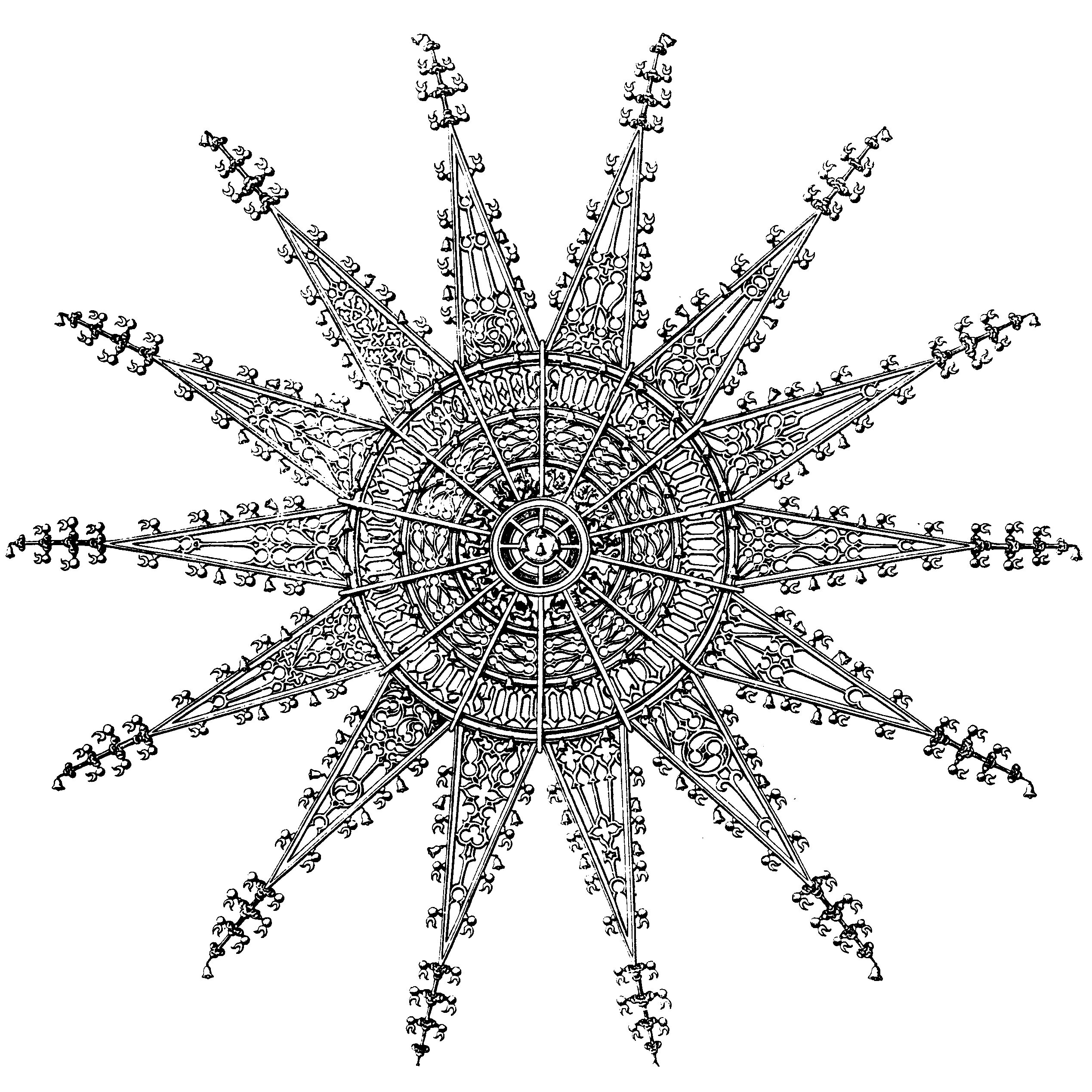The Rossini Revival between the World Wars
When we speak of the ‘Rossini Renaissance’ we usually refer to the return of Rossini’s neglected operas to the regular repertoire in the second half of the 20th century. This subject, however, needs to be viewed as part of a much wider phenomenon, which witnessed a slow transformation of the opera repertoire, with the progressive trimming of the more popular titles and the reappearance of works that hadn’t been performed for decades or even centuries. At times these revivals have been purely ephemeral. This was not the case with Rossini, whose reappearance has been among the more astonishing trends in musical consumption since the end of the Second World War. It must be stressed, however, that the conditions for the Rossini Renaissance to happen were created in the early 20th century. Indeed Rossini was a composer who was already well loved and widely performed throughout the world well before his Renaissance occurred. In fact, during the early years of the 20th century the Rossini revival gained momentum, and the rediscovery of his work — coinciding with an increase in musicological studies of his output — led in turn to more sympathetic performances and more accurate editions.
The present paper looks at the Rossini revival between the creation of La Boutique fantasque in 1919 and Riccardo Zandonai’s revision of La gazza ladra in 1942. It links the revival with Neoclassicism and Futurism, and also the use of Rossini’s figure to promote nationalistic aspirations within Fascist cultural politics. The paper addresses the fact that the initiative to restore ‘authentic’ readings of Rossini essentially came from conductors rather than from musicologists, stressing how, at the time, practice prevailed over theory, tradition over original readings. It also highlights the methodological and critical shortcomings of Italian musicology, which were influenced by the Fascist cultural policies of the time, and by the neo-idealist thinking of Benedetto Croce. Moreover, it gives an idea of the role played by Italian music publishers — in particular by Casa Ricordi — who were the custodians of the musical text, but in turn were stuck in the rut of the tradition.
